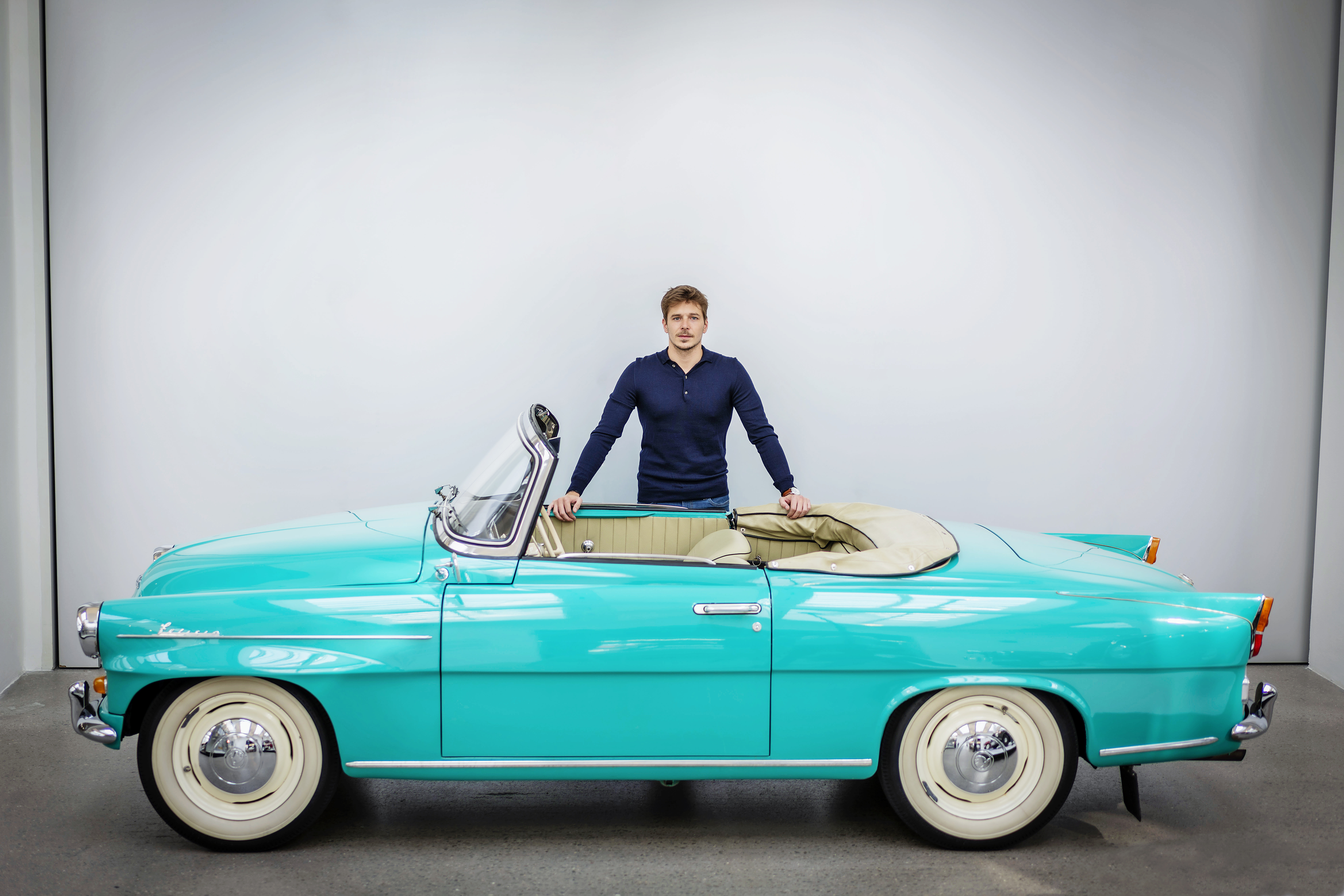From sketches to visions
He started work on the study by making some small sketches. “When you work to a small scale you can get a quick idea about basic proportions. You don’t waste time on details, you’re interested primarily in the main lines that give the car its identity,” he says, describing how he works. After a series of small sketches on paper, he picks up his tablet. “Once you have the basic lines, you can start on the details. But the first strong vision is exceptionally important,” Martin Leprince explains. The first sketches took him half a day, then he spent four more days producing a more detailed design.

He admits that the idea with the curved, floating windscreen was a tough nut to crack. “I studied glass statues, and with the help of photographs and pictures I tried to come up with a way to draw a 3D glass object so that the whole was comprehensible and looked realistic. That kept me busy for quite a few days,” he concedes.
After consulting his study with the heads of the design department, he tried to stick as close to his original vision as possible. “In design you have to listen to others and understand their vision, but you also have to be true to your own,” Martin says. There’s no doubt he honoured that principle in his distinctive vision of the ŠKODA FELICIA cabriolet.






















